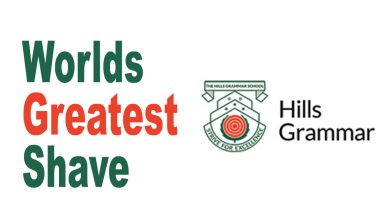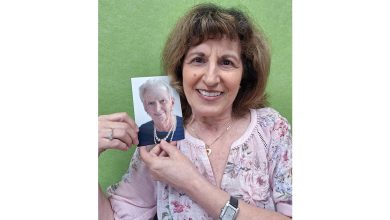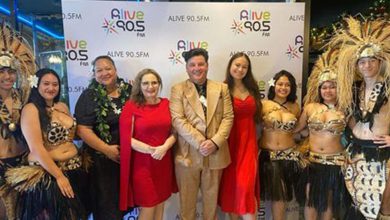Your Health is Your Wealth: Stroke introduction
What is a stroke?
Stroke occurs when an artery supplying blood to the brain either suddenly becomes blocked (ischaemic stroke or cerebral infarction) or begins to bleed (haemorrhagic stroke).
What is transient ischaemic attack (TIA)?
A condition related to stroke is transient ischaemic attack, which results from a temporary blockage of the blood supply to the brain, usually lasting only a few minutes, and producing stroke like symptoms that disappear within 24 hours. It is a very important predictor of stroke.
Risk factors
Stroke may result in part of the brain dying, leading to sudden impairment that can affect a range of functions. Stroke often causes paralysis of parts of the body normally controlled by the area of the brain affected by the stroke, or speech problems and other symptoms such as difficulties with swallowing, vision and thinking.
In many but not all cases stroke is preventable because many of its risk factors are modifiable, such as:
• High blood pressure.
• Physical inactivity.
• Abdominal obesity.
• Tobacco smoking.
Symptoms of Stroke
• Motor impairments (weakness or paralysis of parts of the body, including the face, on one or both sides).
• Sensory impairments (touch, pain, warm/cold), most often on one side.
• Speech difficulties or slurred speech.
• Vision difficulties (sudden loss of vision, blurred vision), most often on one side.
• Dizziness, loss of balance or unexplained fall.
• Sudden severe headache.
• Difficulty swallowing.
Stroke is sometimes referred to as cerebrovascular disease, but cerebrovascular disease is actually a broad category of diseases that include stroke and other disorders of the blood vessels supplying the brain or its covering membranes.
Early assessment
The Clinical guidelines for stroke management 2010 recommend that all patients with suspected stroke should have brain imaging within 24 hours of admission. Of the patients included in the stroke clinical audit, 89% had brain imaging performed within 24 hours of their admission.
Rehabilitation of stroke
Stroke rehabilitation encompasses a range of measures designed to help improve a patient’s functioning after a stroke and/ or to prevent deterioration of functioning. It aims to maximise a patient’s physical, psychological, social and financial independence, and ideally begins the first day after a stroke. Various elements of stroke rehabilitation have been shown to significantly improve outcomes for patients.
Stroke poses a significant burden on patients and their families, as well as on the health system and aged-care services. It is associated with serious outcomes for patients and their carers. One in seven stroke hospitalisations ended in death and one in every three survivors had a disability caused by stroke.
God bless,
Dr. Ashraf Mina, Principal Scientist |
NSW Health Pathology, Ph.D., M.Sc.(Clin
Biochem), B.Sc.(Hons), Grad Dip (Biochem
Nutrition), Grad Dip (Micro), MACMSR,
MAIMS. Institute of Clinical Pathology and
Medical Research (ICPMR), Westmead
Hospital. Senior clinical lejjcturer, Faculty
of Medicine, Sydney University. Address:
Locked Bag 9001, Westmead NSW 2145









